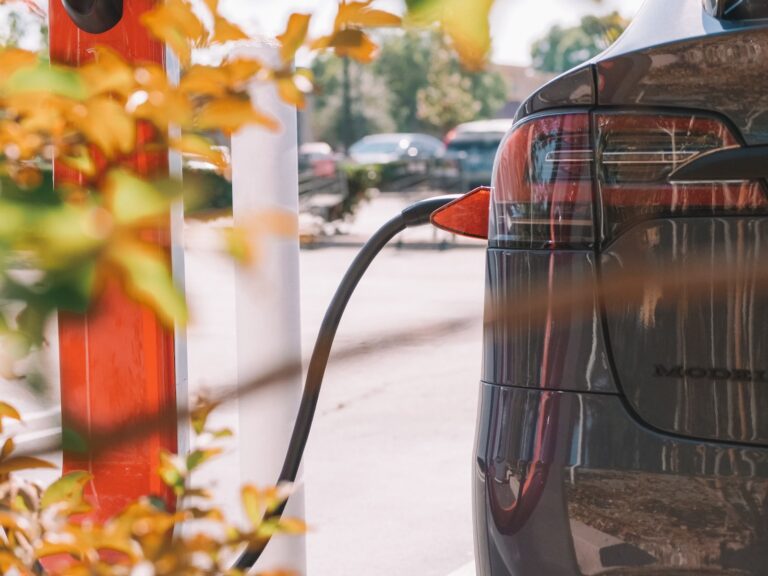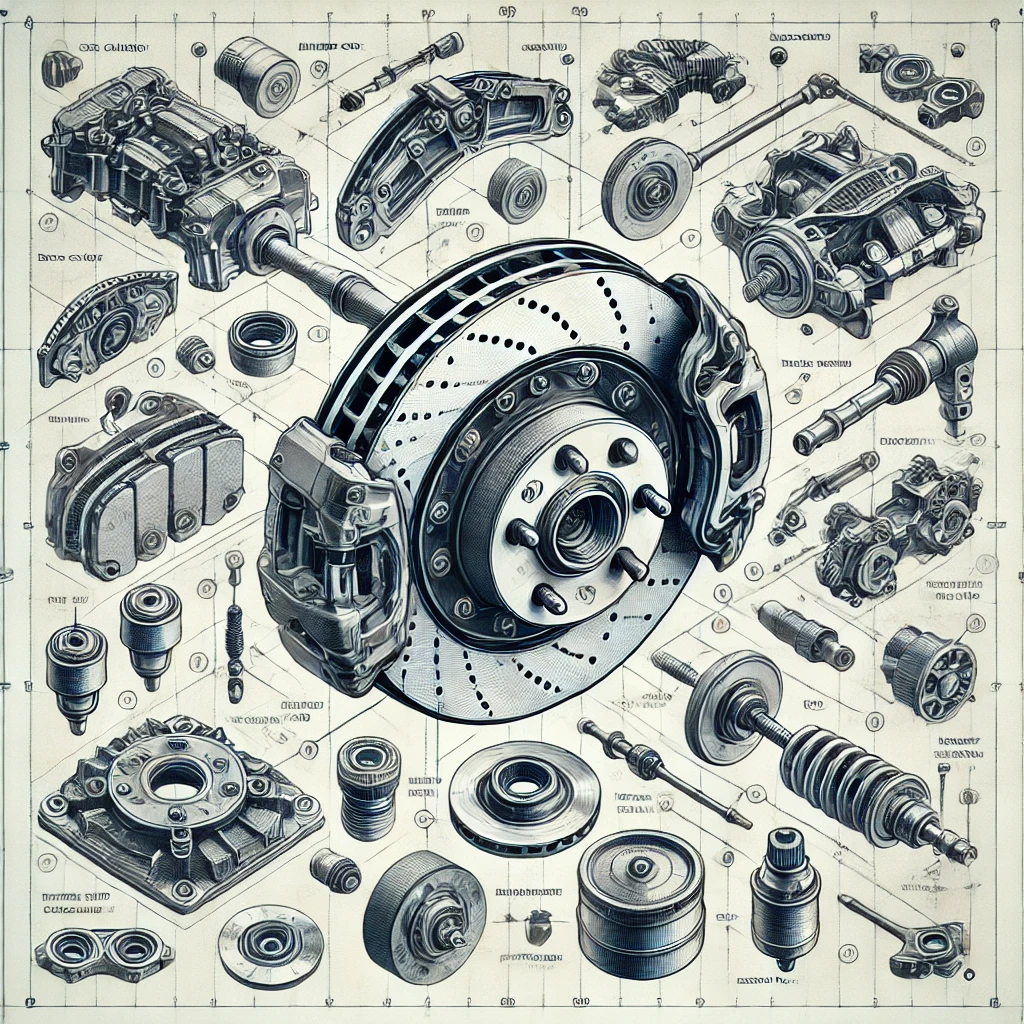Kuehne+Nagel and Milence’s Bold Play—Breakthrough or Green Mirage?
The logistics giant Kuehne+Nagel and charging-network pioneer Milence recently declared electric heavy trucks “already here”—not merely a future vision. Their partnership at the UK’s Able Humber Port (AHP) is a high-stakes experiment in electrifying freight. As a sustainability analyst, I see this as a pivotal moment for decarbonizing transport. Yet, beneath the optimism lies a web of unresolved challenges that could make or mass adoption.
Where the Partnership Delivers
1. Operational Viability, Today
At Immingham, Milence’s first UK hub deploys 400 kW CCS chargers (1–2.5 hours for a full charge), with Megawatt Charging Systems (MCS) slashing this to 30–45 minutes soon . For Kuehne+Nagel, this isn’t a pilot—it’s live operations: electric trucks now collect cargo from AHP, proving heavy-duty EVs can handle real-world logistics now .
2. Data-Driven Infrastructure Scaling
Critically, the collaboration extends beyond hardware. The companies exchange operational data—routes, charging patterns, downtime—to strategically place future hubs. This closes a fatal loop: infrastructure built for fleets, not around theoretical models . As Roel Vissers, Milence’s CCO, notes: “Utilisation is key… partnerships shape the infrastructure our industry needs” .
3. Policy Integration for Systemic Change
Kuehne+Nagel feeds real-world telematics, driver feedback, and cost data into the UK’s eFREIGHT 2030 program—a government-backed push to demonstrate zero-emission freight viability . This bridges corporate innovation and regulatory muscle, accelerating standards for charging access and grid upgrades.
4. Europe’s “Green Corridor” Momentum
Milence’s 20+ operational hubs (and 13 more under construction) form emerging electric arteries across Europe. Their plan for 600+ connectors in 18 months targets the continent’s busiest freight routes—like the Antwerp-Stockholm MCS corridor by 2025 . This scale signals investors: electric freight is bankable.
Costs, Physics, and Grid Realities
1. Battery Limitations: Weight and Range
Electric trucks still face brutal physics. Lithium-ion batteries offer lower energy density than diesel, forcing trade-offs: shorter ranges (problematic for long-haul) or reduced payloads (up to 10% less cargo due to battery weight). This erodes profit margins and strains infrastructure like bridges .
2. Charging Hubs ≠ Grid Readiness
While MCS chargers impress, they demand massive grid upgrades. A single MW charger can draw the load of 300 homes simultaneously. Kate Broome of Kuehne+Nagel acknowledges this: “Faster access to grid connections [is] essential” . Without billions in grid investments, hubs risk becoming stranded assets.
3. Ethical and Cost Quicksand
- Cobalt & Lithium Mining: Sourcing battery materials often involves environmental damage and labor abuses .
- Total Cost Uncertainties: Despite lower “fuel” expenses, upfront EV truck costs remain 30–50% higher than diesel. Battery replacements (often after 7 years) add unpredictable liabilities .
4. The “Dirty Electricity” Paradox
If charging hubs draw from coal-heavy grids, electric trucks’ lifetime emissions drop by only ~40% vs. diesel—not the 100% brands tout. Renewable integration is non-negotiable for true decarbonization .
A Necessary Step, Not a Silver Bullet
Kuehne+Nagel and Milence deserve credit for shifting the narrative from “if” to “how”. Their data-sharing model, policy pragmatism, and rapid MCS deployment set a template for industry-wide electrification. This partnership proves electric freight is operationally feasible today—not in 2030.
Yet feasibility ≠ inevitability. Success hinges on:
- Grid Modernization: Governments must fast-track permits and fund grid hardening.
- Battery Innovation: Solid-state or sodium-ion batteries could solve weight/range issues—but remain unproven in heavy trucks.
- Circular Economy Leadership: Recycling batteries ethically is as urgent as deploying them.
As Milence’s Vissers admits, “The transition won’t happen overnight” . But for an industry responsible for 9% of global CO₂, this partnership is a jolt of urgency—one that must catalyze action beyond two visionary companies. Electric freight’s future isn’t just charged; it’s being earned.







